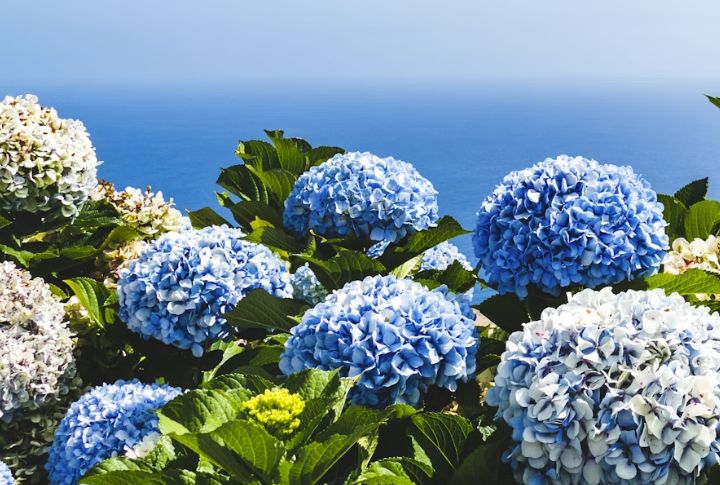
Hydrangeas are relatively easy to keep—once you understand their needs! They’re not high-maintenance divas, but they do have a few quirks that can trip up new gardeners. Especially when it comes to watering. Most people think more is better. But hydrangeas are picky.
Figuring out what they’re actually asking for can make the difference between lush and lackluster. This piece breaks down the key mistakes in watering hydrangeas—and how to set things right, step by step.
Why Afternoon Watering Doesn’t Cut It
Waiting until the afternoon? You’re more likely to waste water to evaporation and leave plants parched when they need it most. Watering early gives your hydrangeas a calm window to drink up before the sun gets blazing.
Beyond timing, your watering method also plays a big part in plant health. Let’s look at how.
Sprinklers? Your Hydrangeas Hate Them
Sprinklers may feel like a time-saver, but they’re not doing your hydrangeas any favors. All that water sits on leaves and blooms, and turns into a breeding ground for disease. Instead, aim for the base because a slow, direct soak at the roots gives plants precisely what they need—without turning the foliage into a soggy mess.
That method also plays a role in how deep your roots grow.
Daily Watering Does More Harm Than Good
Hydrangeas don’t want a sip here and there—they need a good soak. A shallow sprinkle every day keeps roots close to the surface, where they’re more likely to dry out. Water deeply a few times a week to encourage the roots to grow (and stay) deeper. This builds a sturdier plant that handles heat like a champ.
Still, more isn’t always better—especially if your soil holds onto water too long.
Yes—You Can Overwater Them
These plants like moist soil. But soggy conditions? That’s a different story. If water pools around the roots for too long, oxygen gets pushed out, and rot sneaks in.
The result? Plants may wilt, yellow, or just stall out, even though the soil seems soaked. The irony is that they’re drowning, not drying out. Drainage makes all the difference.
If Your Soil Doesn’t Drain—Nothing Else Matters
You might be following every watering tip perfectly, but if your soil’s not draining right, the effort falls flat. Clay-heavy or compacted soil can hold water around the roots, leading to slow growth and fungal trouble. Mixing in compost helps loosen things up so moisture flows through instead of puddling.
Droopy Leaves? Don’t Be Fooled
Wilting often signals “water me!”—but not always. If the soil is damp a couple of inches down, overwatering is possible. Roots need air as well as water. Before you go for the hose, check the soil. Sometimes the fix is to pause.
As you fine-tune these steps, remember one final piece that can tip the balance in your favor:
Mulch Smart—Don’t Smother The Stems
Mulch is helpful, but only when used correctly. If you pile mulch up against hydrangea stems, it can hold too much moisture there and cause the stems to rot. Sprinkle a 2–3 inch layer evenly over the soil, but keep mulch a few inches away from the base of the plant. This gives roots moisture and protection without suffocating the stems.
Let The Plant, Not Habit, Guide You
Hydrangeas need water, yes, but the right kind at the right time in the right way. So, before you even think of watering, take a few extra minutes to check your soil. If the soil is parched, aim low with your watering, and give those roots the room they need. You’ll go from guessing to growing in no time.
And once they bloom? Trust us—you’ll know it was all worth it.

